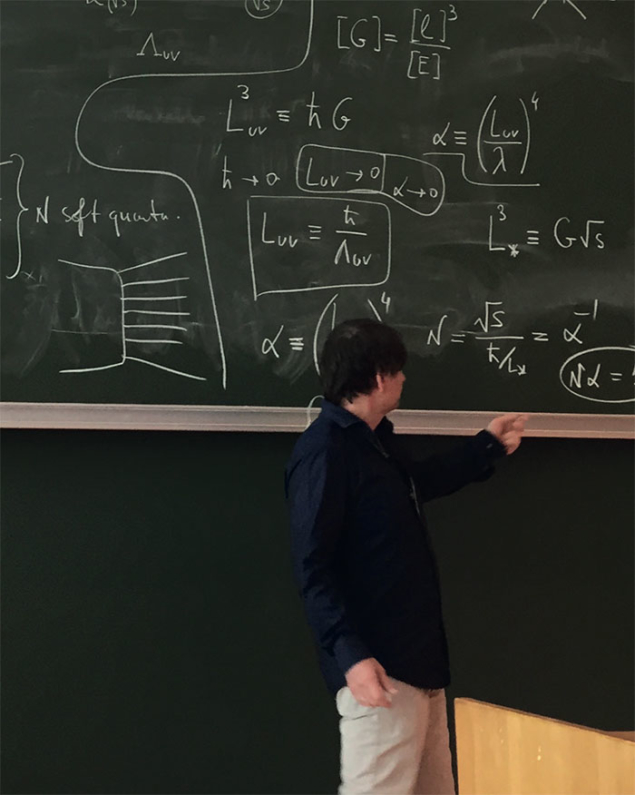
Rapid progress is being made in novel acceleration techniques. An example is the AWAKE experiment at CERN (CERN Courier January/February 2017 p8), which is currently in the middle of its first run demonstrating proton-driven plasma wakefield acceleration. This has inspired researchers to propose further applications of this novel acceleration scheme, among them a very-high-energy electron−proton (VHEeP) collider.
Simulations show that electrons can be accelerated up to energies in the TeV region over a length of only a kilometre using the AWAKE scheme. The VHEeP collider would use one of the LHC proton beams to drive a wakefield and accelerate electrons to an energy of 3 TeV over a distance less than 4 km, then collide the electron beam with the LHC’s other proton beam to yield electron−proton collisions at a centre-of-mass energy of 9 TeV – 30 times higher than the only other electron−proton collider, HERA at DESY. Other applications of the AWAKE scheme with electron beams up to 100 GeV are being considered as part of the Physics Beyond Colliders study at CERN (CERN Courier November 2016 p28).
Of course, itʼs very early days for AWAKE. Currently the scheme offers instantaneous luminosities for VHEeP of just 1028 – 1029 cm−2 s−1, mainly due to the need to refill the proton bunches in the LHC once they have been used as wakefield drivers. Various schemes are being considered to increase the luminosity, but for now the physics case of a VHEeP collider with very high energy but moderate luminosities is being considered. Motivated by these ideas, a workshop called Prospects for a very high energy ep and eA collider took place on 1–2 June at the Max Planck Institute for Physics in Munich to discuss the VHEeP physics case.
Electron−proton scattering can be characterised by the variables Q2 (the squared four-momentum of the exchanged boson) and x (the fraction of the proton’s momentum carried by the struck parton), the reaches of which are extended by a factor 1000 to high Q2 and to low x. The energy dependence of hadronic cross-sections at high energies, such as the total photon−proton cross-section, which has synergy with cosmic-ray physics, can be measured and QCD and the structure of matter better understood in a region where the effects are completely unknown. With values of x down to 10−8 expected for Q2 ∼> 1 GeV2, effects of saturation of the structure of the proton will be observed and searches at high Q2 for physics beyond the Standard Model will be possible, most significantly the increased sensitivity to the production of leptoquarks.








